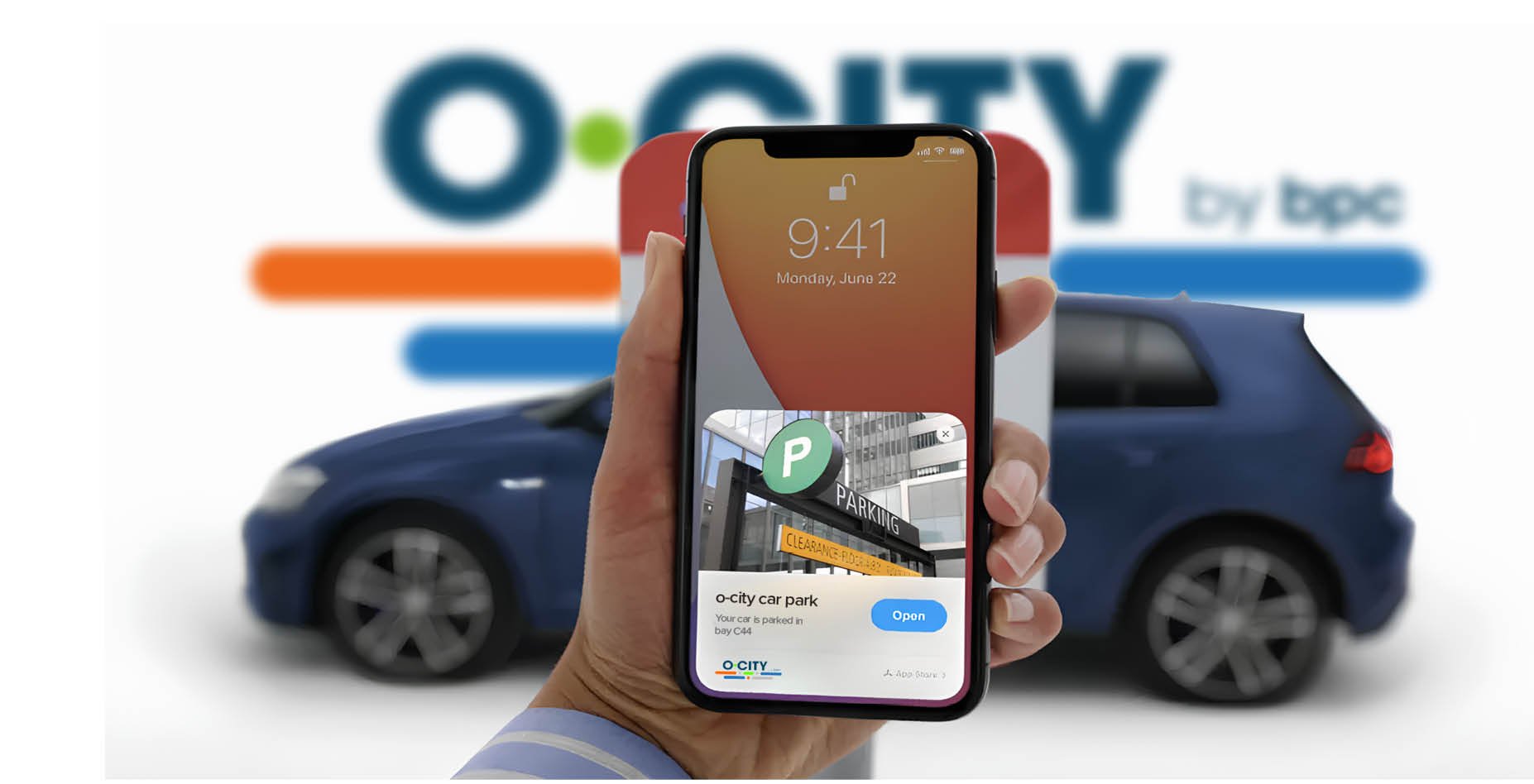Transforming Urban Mobility with the Next-Gen Parking Experience
For decades, parking issues have been a frustrating experience. Traditional systems relied on outdated methods -cash payments, malfunctioning kiosks, long queues, and paper tickets - creates delays and a poor user experience. Parking operators face challenges such as operational inefficiencies, revenue losses, and the inability to utilize data effectively. For municipalities, the absence of smart systems makes it difficult to implement smart urban planning and meet sustainability goals.
Today, with advanced technology, these outdated systems are being replaced with digital, automated fare collection (AFC) solutions like O-CITY that cater to the demand of modern cities. Digitisation of parking is no longer an option but a necessity for creating smarter cities.
The shift from Traditional to Smart Parking
Just a few years ago, parking meant looking for coins, struggling with printing tickets, and waiting in endless queues. These cash-only systems are slow, creating errors and frustration for commuters. Parking operators often faced revenue losses and challenges in adapting to growing urban mobility demands.
In 2023, 94 million vehicles were produced worldwide (Statista), adding more stress to urban parking infrastructures. The challenge is clear: how do we make parking more efficient and improve user experience?
Technologies such as mobile apps, license plate recognition, and open-loop systems are replacing manual processes, offering cashless solutions. Smart parking systems do more than improve efficiency, they create a win-win situation for everyone involved.
Why Digitalization Matters for Parking
The benefits go beyond convenience. Here is how digital solutions improve experiences for all stakeholders:
- For Parking Operators: Smart parking systems reduce operational costs by digitalising payments and eliminate cash-handling. Real-time data provides insights into parking space availability and revenue trends, allowing operators to manage parking demand and implement pricing strategies. For example, with O-CITY, there is no need to replace existing infrastructure like ticket machines or additional maintenance.
- For Commuters: A digital-first experience is all about convenience. Features like contactless payments, mobile alerts, and the ability to reserve or extend parking time eliminate stress. Commuters no longer need to worry about carrying cash, losing tickets or rushing to avoid fines. Notifications and instant payment options create a frictionless experience.
- For Government: Benefit from reduced traffic congestion and access to data-driven insights for urban planning. Smart parking aligns with sustainability goals as fewer cruising time for slots. Centralised management allows pricing based on user categories- like seniors receiving discounts or specific free parking days. For example, Dubai offers free parking on Sunday for residents.
Global Examples of Smart Parking Solutions
Cities across the global are adopting smart parking solutions, creating innovative solutions for urban mobility:
- Dubai, UAE: Dubai integrates smart parking payments with mobile apps, real-time alerts, and an automated payment system. Users can send a simple message to pay for parking, extend their time, and avoid fines.
- Barcelona, Spain: Barcelona uses IoT technology to provide real-time data on parking availability. Users can reserve spots and pay directly from smartphones via an integrated mobility app.
- Nairobi, Kenya: Nairobi’s smart parking system leverages mobile apps and automated payment solutions. Drivers can reserve parking spots and pay directly via smartphones, eliminating cash dependency while reducing traffic congestion.
O-CITY: The Next-Gen Parking Solution
O-CITY is bridging the gap between traditional parking and modern mobility. The solution manages the entire ticketing process for various service operators in the city, including parking places on-street or off-street.
- Diverse Payment Collection: Supports multiple payment methods including contactless cards, QR codes, and mobile wallets, making cashless parking accessible to all.
- License Plate Recognition: Automates entry and exit with camera technology, enabling ticketless and hassle-free parking.
- Mobile Parking App: Enables location and payment for parking in one click.
- Real-Time Data: Provides operators with insights into occupancy rates, peak hours, revenue trends to enable pricing strategies.
- Flexible Implementation: O-CITY is built on open-loop technology, allowing deployment as an on-premises or cloud-based solution, adapting to the specific needs of every city or operator.
- Centralized Fare Management: Operators can manage all parking facilities from a single platform, enabling pricing and real-time adjustments based on demand.
- Open APIs: Connects with third-party systems to enhance cross-sell of products and services as well as
driver loyalty.
By providing a unified digital experience, O-CITY simplifies parking and enables cities to achieve long-time sustainability and urban mobility goals.
Continuous evolution of cities makes next-gen parking ecosystem play a critical role in shaping efficient urban environments. With O-CITY’s next gen Automated fare collection (AFC) governments and operators can unlock new revenue streams, reduce congestion, make the city more attractive to driving commuters and tourists alike, and create a better experience for everyone.
Ready to modernise your parking ecosystem?


